Why Orca RESEARCH matters
||| FROM CENTER FOR WHALE RESEARCH |||
To understand the drivers and consequences of natural processes, scientists need to observe and record that process over relevant timescales. For researchers studying animal populations, this means collecting data on those animals throughout a lifespan or, ideally, over multiple lifespans. When these animals are long-lived, like many large mammals, this can mean several decades of research are needed. That has been the goal of the Center for Whale Research (CWR) for the last 46 years: to understand and conserve the Southern Resident killer whale (SRKW) population through long-term, individual-based scientific research. Through the ORCA SURVEY program, the primary goal of the Center for Whale Research has been to provide an up-to-date census of the Southern Resident killer whale community. This data is ultimately what scientists and managers use to assess the status and trends of this endangered population over time. The information has been crucial for establishing conservation planning in this population. CWR’s census provided the data to identify the SRKW’s small population size and their decline in the 1990s, ultimately leading to the whales being listed as endangered. This same data revealed key correlations between the Southern Residents’ survival, reproduction, and social cohesion and the abundance of Chinook salmon, which identified salmon recovery as the key conservation action for the SRKWs.
This [ORCA SURVEY] data revealed key correlations between the Southern Residents’ survival, reproduction, and social cohesion and the abundance of Chinook salmon, which identified salmon recovery as the key conservation action for the SRKWs.
In the last decade, the Center for Whale Research’s long-term data has revealed even more factors driving killer whale survival and identified risk factors in the population. CWR research has shown that even adult killer whales are dependent on their mothers and grandmothers and suffer increased mortality risk when they lose these key family members. Further analysis showed that male killer whales are dependent on their wider social circle: socially integrated males have greater survival probabilities than more peripheral individuals. These social effects, especially the effect of grandmothers and social integration, interact with salmon abundance: social relationships are more important when times are hard. The critical role of social relationships in determining killer whale fitness may have important implications for this population’s trajectories. If the population begins losing mothers and grandmothers during periods when salmon is sparse, we could see a rapid population decline.
While the last several decades have taught us many things about the Southern Residents, there is still much to learn. And what we don’t know may be crucial. While we know that social relationships and prey abundance influence orca survival, we don’t yet fully understand the interplay between ecology, demography, and social structure.
-
How do deaths and births change social relationships?
-
What are the health consequences for the orcas that remain?
-
How does the dependence of individuals on their mothers influence the trajectory of the population?
-
What are the long-term effects of reduced social cohesion for the population?
These questions are crucial for fully understanding the state of the SRKW population and setting conservation goals—and will take many more years of data collection and analysis.
These questions are crucial for fully understanding the state of the SRKW population and setting conservation goals—and will take many more years of data collection and analysis. One of the key tasks right now is to determine which salmon runs have the most influence on killer whale vital rates, which is challenging in a small population with a slow life history. We need to continue the long-term census of the Southern Residents to eventually determine the fine-scale correlates of survival and fecundity in this population. In addition to continued long-term monitoring, the Center for Whale Research is utilizing new methods to piece together a better picture of killer whale society and its consequences on individuals and populations. Using aerial observations, CWR measures and analyzes fine-scale social interactions, including affiliative social contact, aggression, and prey sharing. This data will be used to determine what drives social relationships and the consequences of particular kinds of social relationships for individual survival and reproduction. Supplementing this, CWR has used intensive image analysis to determine what drives differences in injuries received from conspecifics (“rake marks”) in these killer whales.
While the Southern Residents are the main subjects of CWR’s research, we also conduct regular surveys and observations of Bigg’s [Transient] killer whales. Through these observations, we are beginning to understand the shifting ecology and social structure of this thriving population and better understand their society and life history. This data is both scientifically valuable and important for conservation. It provides a nearly ideal test of many hypotheses about social evolution developed from Resident killer whales. But studying a population of killer whales with many of the same anthropogenic pressures (pollution and noise) but very different ecology and prey availability, CWR and our collaborators can better understand how these factors impact the Southern Residents.
It is crucial that killer whale research continues in the Salish Sea.
It is crucial that killer whale research continues in the Salish Sea. While CWR’s observations span many decades, we still have not spanned the entire lifespan of a female killer whale. By monitoring the population’s social structure and demography and applying new data collection and analysis methods, we can continue to expand our understanding of these killer whales [orcas], improve our scientific understanding of animal social evolution, and uncover essential information for population recovery.
Dr. Michael Weiss completed his Ph.D. in Animal Behaviour at the University of Exeter in 2020. His Ph.D. focused on the evolutionary and conservation consequences of Southern Resident killer whales’ social structure using the Center for Whale Research’s long-term dataset and new data collected from unmanned aerial observation. He received his Bachelor’s degree in biology from Reed College in 2016, following the completion of a thesis on Southern Resident killer whales’ [orcas’] social structure. After completing his undergraduate work on the Southern Residents, he approached the Center for Whale Research’s founder and senior scientist, Ken Balcomb, about expanding his analysis using CWR’s extensive database. After reviewing his thesis, Ken and the U.K.’s University of Exeter’s Dr. Darren Croft (CWR’s Scientific Advisor – Animal Social Networks) invited him to come on board as a Ph.D. student.
Dr. Weiss is an FAA-licensed commercial UAS pilot (i.e., drone pilot). Read his blog, A bird’s-eye view of orcas! How, when, and why? where he talks about what it’s like to fly a drone over top of whales and the new knowledge gained from the captured video footage. Dr. Weiss recently led a team of researchers to complete.
**If you are reading theOrcasonian for free, thank your fellow islanders. If you would like to support theOrcasonian CLICK HERE to set your modestly-priced, voluntary subscription. Otherwise, no worries; we’re happy to share with you.**

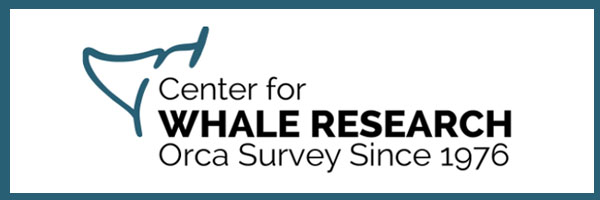


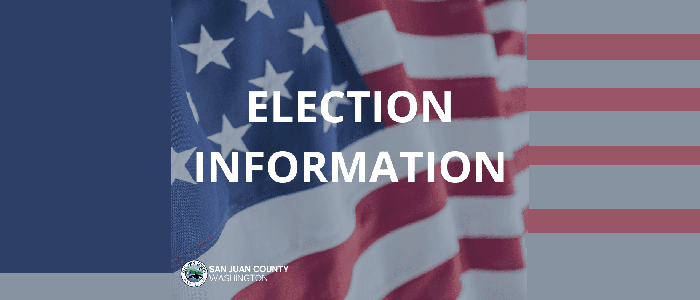
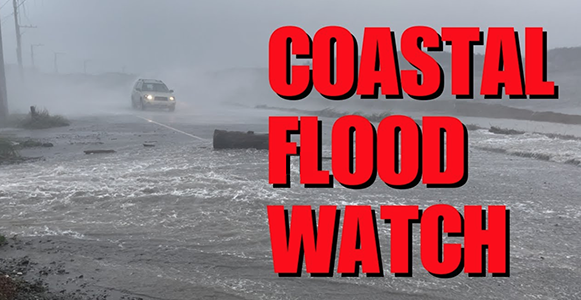
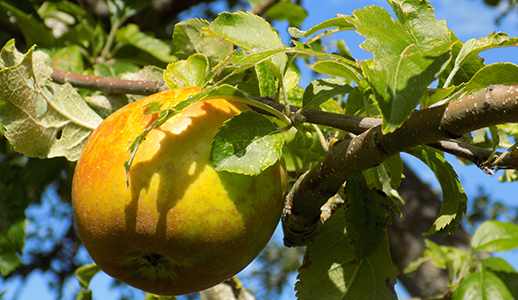

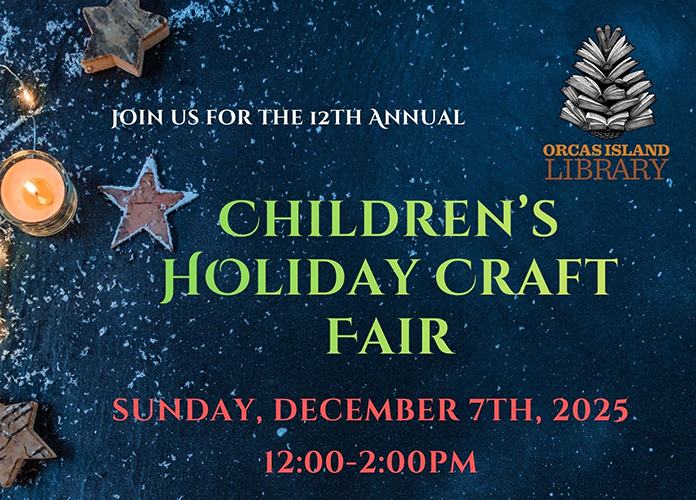
Applaud the many years of work by the Center for Whale Research and its continuation.
However, hope to see more genetic related research. A relatively recent NOAA paper stated mortality of baby orcas was estimated in the 60% range from birth to one year. That’s quite surprising if true.
But even more interesting was a statement that only two male Orcas have been genetically linked to SRKWs. It’s a relatively small population, and their reproductive practices are impossible to observe, but it’s well known that at least in human populations where marrying family members results in significantly higher birth defects. So it begs the question of whether the SRKW’s are breeding in a way that provide long term survivability given their relatively small population and what may be limited genetic diversity if breeding is just among the SRKWs and maybe limited to a small number of dominate males.
Lots of unknowns there, but I’m hoping for more science research on their reproductive and genetic diversity, given the fact that non-SRKW orcas seem to be doing quite well in other parts of the world.